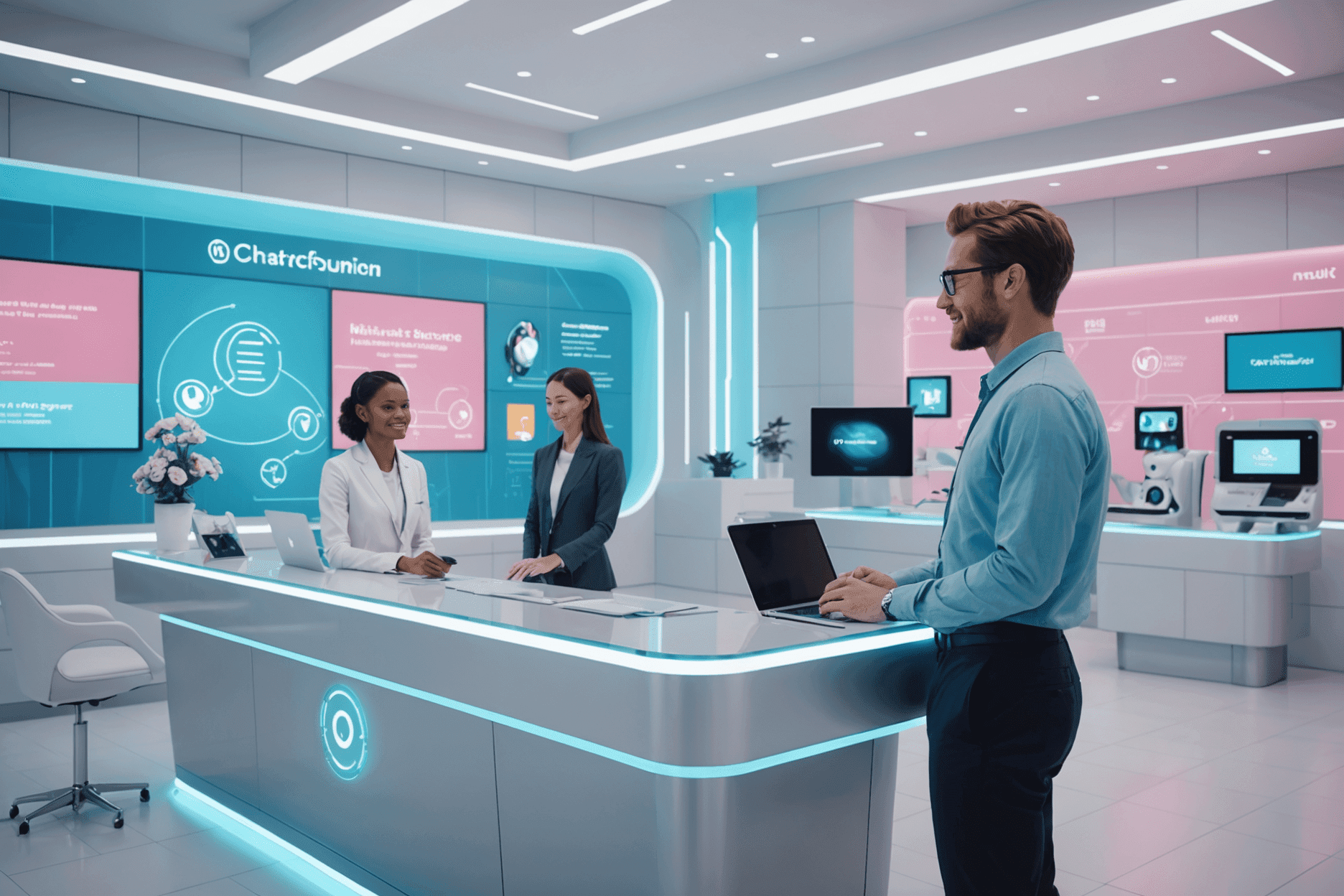In the complex world of modern business, employee performance is often a reflection of the leadership style that governs an organization. For Dr. Martin Mawo, an esteemed leader in the corporate field, understanding the nuances of how leadership impacts employee behavior is crucial. One of the most profound challenges leaders face today is balancing effective supervision with the need for creativity, innovation, and intrinsic motivation. This article explores how fear-driven leadership can yield short-term results but fall short of fostering long-term productivity, creativity, and overall organizational success. It contrasts this with a leadership approach that motivates, nurtures, and builds a psychologically safe environment for employees.
Fear-Based Leadership: Temporary Compliance, Long-Term Consequences
Under a leadership style characterized by fear—particularly the fear of a boss’s presence or retribution—employees may show increased performance during the boss’s presence, but this is often inconsistent and short-lived. A “fear of the boss” culture creates a psychological atmosphere where employees might prioritize just getting by in the boss’s presence rather than developing an authentic, engaged approach to their work. The moment the boss is absent, employees may not display the same level of focus, creativity, or consistency.
Such fear-based environments suppress risk-taking and creativity, two key drivers of innovation. Employees may avoid voicing new ideas for fear of judgment, criticism, or worse—punishment for failure. The effect is a work environment that leans toward mediocrity rather than excellence, where employees perform out of obligation rather than inspiration. As Dr. Martin Mawo has likely observed, fear can result in short-term gains but ultimately limits the long-term growth potential of both the individual and the organization.
A Motivated Workforce: Empowerment and Innovation
In contrast to a fear-based approach, when employees feel motivated and open with their boss, they are more likely to exhibit higher levels of creativity and initiative. Dr. Mawo, in his leadership, can create an environment where psychological safety is emphasized. Psychological safety refers to the belief that one will not be humiliated, punished, or rejected for speaking up with ideas, questions, concerns, or mistakes. This environment encourages risk-taking and new ideas, which are crucial for innovation.
When employees feel supported and trusted by their leadership, they are more likely to act proactively, take calculated risks, and engage with their work at a deeper level. This is the foundation of what Daniel Pink, in his book Drive, identifies as the three key elements of motivation: autonomy, mastery, and purpose. These elements thrive when employees are empowered by leaders who trust them and communicate openly, instead of dictating or micromanaging their every move. Dr. Mawo’s leadership style, when rooted in empowerment, can shift the workplace culture from one of passive compliance to one of active participation and contribution.
The Psychological Benefits of Trust and Openness
Psychologically, an environment of trust and openness nurtures the human need for self-actualization—reaching one’s full potential. This not only benefits the individual employee but also enriches the organization as a whole. By eliminating the fear of failure, employees become more willing to experiment with new ideas and solutions, which ultimately leads to greater innovation and better decision-making. In an environment where creativity is encouraged, employees feel more connected to their work and to the company’s mission, increasing their investment in both their own success and the success of the organization.
Dr. Mawo’s leadership approach could also foster a culture of continuous learning, where mistakes are viewed as opportunities for growth rather than failures to be hidden. This psychological safety leads to more timely and effective action, as employees feel that they are part of a larger, supportive system. They are not acting out of fear, but out of a sense of responsibility and commitment to their team and the organization’s goals.
Actionable Leadership: Creating a Balanced Environment
For Dr. Mawo, the key takeaway is that leadership should not only focus on overseeing performance but should also create an environment that balances discipline with trust. The goal is to inspire employees to act not only when the boss is watching, but at all times. This calls for regular, constructive feedback, clear communication, and an emphasis on the organization’s values and vision.
Leaders like Dr. Mawo can cultivate this by:
1. Setting Clear Expectations: Employees need to understand the vision and goals of the company, as well as how their individual roles contribute to that vision. When they know what is expected of them and why it matters, they are more likely to take initiative.
2. Providing Regular Feedback: Constructive feedback should be a regular part of the work culture, rather than saved for performance reviews. This ensures employees are continuously learning and improving.
3. Encouraging Open Dialogue: Fostering an open line of communication between employees and management allows for the free exchange of ideas. This can lead to more innovative solutions and problem-solving strategies.
4. Celebrating Mistakes as Learning Opportunities: By reframing mistakes as opportunities for growth, Dr. Mawo can create a culture where employees are not afraid to take calculated risks and push boundaries.
Conclusion: Building a Future of Creativity and Innovation
In conclusion, leadership is not just about managing performance in the short term; it’s about building an environment where employees feel motivated, empowered, and confident in their ability to contribute. Fear-driven leadership may deliver short-term gains but cannot sustain long-term success. In contrast, fostering a supportive, open, and psychologically safe environment for employees encourages creativity, innovation, and timely action for the greatest good. Dr. Martin Mawo, as a forward-thinking leader, has the opportunity to create an environment where both people and ideas flourish, leading the organization toward a brighter, more innovative future.




